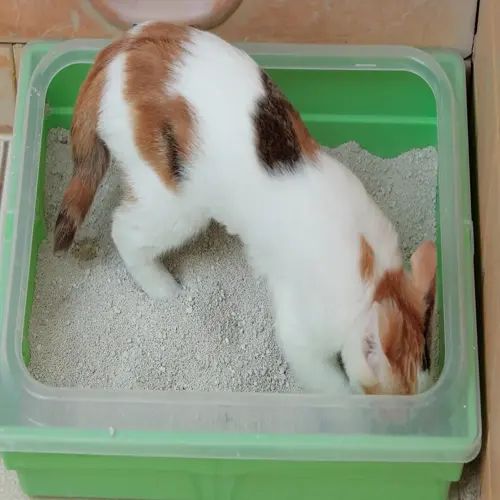Are training treats necessary for leash training?

Written by
Victoria Hayes
Reviewed by
Prof. David Walsh, Ph.D.Training treats are handy in leash training since they provide immediate reinforcement of good, desired behaviors. They help make clear to the dog, during the initial stages of learning, exactly what behaviors are required to earn rewards. However, they should not become a frequent part of the walks. The goal will be to change to other forms of reward and reinforcement as the behaviors become learned and sturdy.
High-value treats work best for teaching new skills like walking calmly on leashes. Small, smelly things, such as chicken or cheese, that receive instant attention are best. Use high-value treats promptly, within three seconds after the desired behavior occurs, to establish a strong connection between the treat and the behavior. This timing helps the learning process progress quickly during the early training stages.
Verbal & Tactile Rewards
- Transition with paired "good walk" praise during treat delivery
- Gradually increase petting duration as substitute
- Use enthusiastic tone matching treat excitement level
- Phase completely after 20 successful repetitions
Environmental Reinforcers
- Introduce sniffing breaks after compliance
- Offer exploration opportunities as earned privileges
- Use park bench pauses as behavior rewards
- Time environmental access immediately after cooperation
Life Reward Integration
- Grant door opening privileges after calm walking
- Provide meal access following successful sessions
- Use favorite toys as post-walk celebrations
- Synchronize daily routines with training compliance
Variable reinforcement schedules strengthen behavior for long periods of time after rewards are phased out. Reward behaviors unpredictably - sometimes after 3 actions, sometimes after 20 actions. This keeps up motivation without allowing the dog to become dependent on treats for motivation. As a result of this training, dogs tend to work harder when they feel there may be a reward, such as play time, etc.
Occasionally, certain extreme situations, such as a high-distraction environment, may warrant the temporary reintroduction of treat use. Having emergency kibble on hand for situations like construction sites or when attending events with large crowds can be an enormous help. Use this kibble only when necessary, and gradually phase it out at the first opportunity to maintain independence.
Reward alternatives must match your dog's preferences. Food-motivated dogs are generally able to transition to praise more easily than play-driven dogs. Observe the things your pet reacts most naturally to and adjust the reward approach according to your dog's needs. You can support ongoing motivation until food reinforcement is no longer deployed.
Read the full article: 7 Proven Steps for Leash Training Dogs

